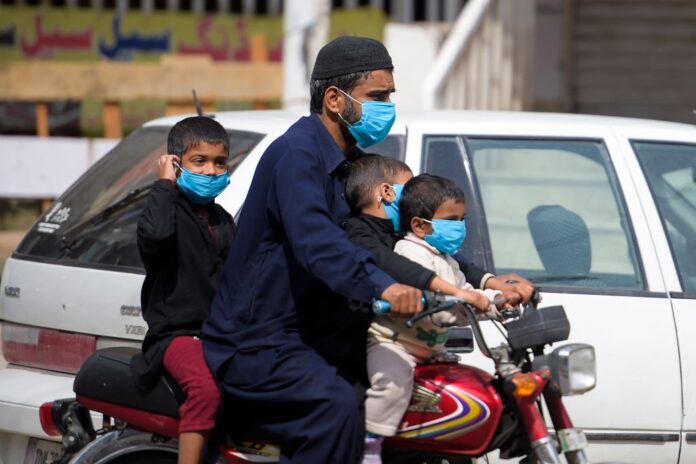Minister for Planning and Development Asad Umar revealed on Thursday that Pakistan has ranked second in The Economist’s Global Normalcy Index for COVID-19.
Taking to Twitter, the minister said Pakistan was “3rd in the first evaluation and number one in the second.”
He said Pakistan is the only country in the world to be among top 3 in all three rankings.
It is pertinent to note that the Global Normalcy Index aims to determine which countries are returning to their pre-pandemic levels, and grades each country using eight indicators split into three categories: transport, recreation and commercial activity.
According to the Global Normalcy Index published on January 18, 2022, Pakistan is one of the only two countries where normalcy is higher than 100, suggesting that activity is above pre-pandemic levels.
The index monitors 50 countries, which together account for 75% of the global population and 90% of GDP.
As per The Economist monitor, normalcy has decreased in 42 of the countries over the last four weeks as they grapple with the spread of Omicron. But compared with January last year, when few people were vaccinated, it has improved in 47 of the 50 countries, by an average of 22 points.
As per the report, China is one of three countries where normalcy has decreased in recent months. The report states that despite the fact that 90% of adults in China are double-vaccinated, there is no indication that the government intends to go back to normal day-today routine.
On January 20 (today), Pakistan recorded 6,808 new COVID-19 cases, the second-highest daily case count since the coronavirus pandemic started in 2020, official figures showed Thursday morning, as the country witnesses a rapid rise in infections due to the Omicron variant.
The positivity rate in the country jumped to a nine-month high Thursday morning as the infection rate was reported at 11.55% after 58,943 tests were conducted, the NCOC’s data showed.
The highest daily toll was recorded on June 13, 2020, when the country reported 6,825 coronavirus cases, the National Command and Operation Centre’s (NCOC) data showed.






















